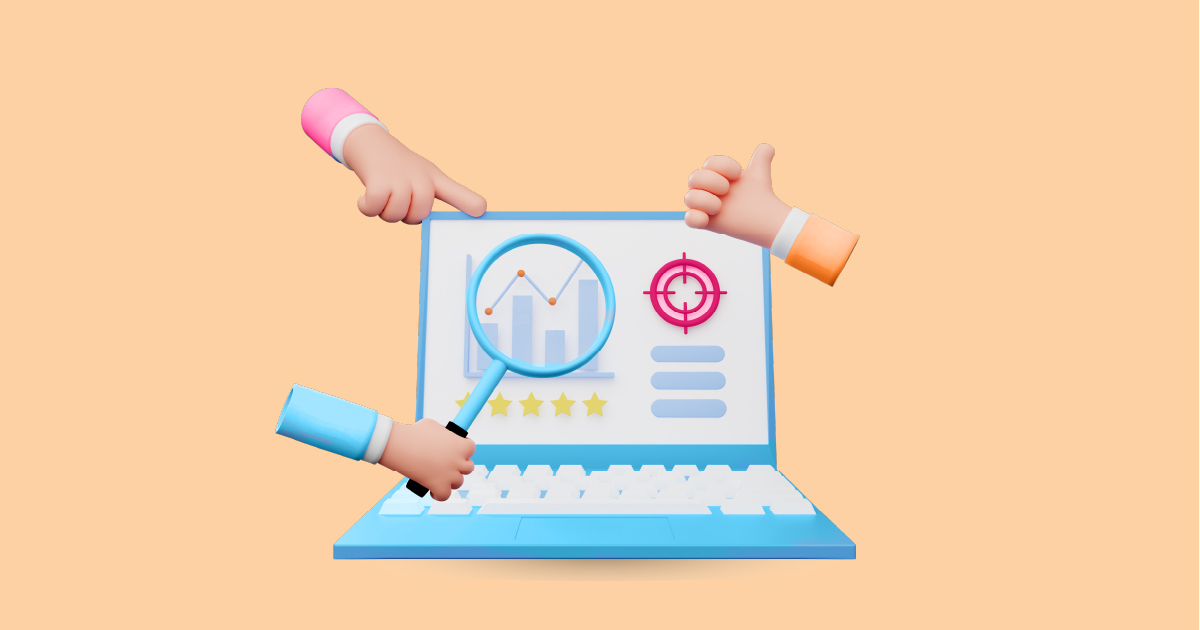In the dynamic world of digital marketing, understanding and leveraging the power of social media is crucial. Social media marketing analytics tools play a pivotal role in deciphering the vast amount of data generated on these platforms. Let’s delve into the realm of social media analytics and discover how these tools can transform your marketing strategies.
Benefits of Using Social Media Marketing Analytics Tools

1. Improved Decision-Making
Social media marketing analytics tools empower businesses to make data-driven decisions. By analyzing user behavior, preferences, and engagement patterns, marketers gain valuable insights that guide strategic choices, ensuring maximum impact.
2. Enhanced Targeting and Personalization
Understanding your audience is the key to successful marketing. These tools allow for a deep dive into demographic data, enabling businesses to tailor content and advertisements based on the preferences of their target audience.
3. Monitoring Campaign Performance
Efficient campaign monitoring is vital for success. Social media analytics tools provide real-time data on campaign performance, helping marketers identify what works and what needs adjustment, ultimately optimizing the return on investment.
4. Measuring Return on Investment (ROI)
Every marketing effort should contribute to the bottom line. Social media analytics tools help in quantifying the ROI by tracking conversions, lead generation, and other key performance indicators, ensuring that marketing efforts align with business objectives.
Popular Social Media Marketing Analytics Tools
1. Google Analytics
A comprehensive tool that goes beyond social media, Google Analytics offers in-depth insights into website traffic, user behavior, and conversion data.
2. Facebook Insights
Specifically designed for Facebook, this tool provides a detailed analysis of page performance, audience demographics, and post-engagement metrics.
3. Instagram Insights
Tailored for Instagram, this tool offers data on post reach, impressions, and audience demographics, enabling businesses to fine-tune their visual marketing strategies.
4. Twitter Analytics
Focusing on tweets and audience engagement, Twitter Analytics helps businesses understand the effectiveness of their Twitter marketing campaigns.
5. LinkedIn Analytics
Ideal for B2B marketers, LinkedIn Analytics provides data on content performance, audience engagement, and the effectiveness of sponsored content.
Key Metrics to Track
1. Engagement Rate
A crucial metric, the engagement rate measures how actively users interact with your content. It includes likes, comments, shares, and clicks, providing insights into the content’s resonance.
2. Reach and Impressions
Understanding the reach and impressions of your content helps gauge its visibility. These metrics reveal how many users have seen your content and how often, offering valuable feedback on content distribution strategies.
3. Conversion Rate
The ultimate goal of marketing is conversion. Tracking the conversion rate helps in understanding how well your social media efforts translate into actual business outcomes.
4. Click-Through Rate (CTR)
CTR measures the percentage of users who click on a link, ad or call to action. A high CTR indicates effective content and compelling calls to action.
5. Social Media Funnels
Mapping the user journey from awareness to conversion is essential. Social media funnels help in visualizing this journey, allowing marketers to identify potential bottlenecks and optimize the conversion process.
How to Choose the Right Analytics Tool for Your Business
1. Understanding Business Goals
Before selecting an analytics tool, it’s crucial to define your business goals. Different tools cater to different needs, so align your choice with your specific objectives.
2. Budget Considerations
While some tools offer robust features, they might come with a hefty price tag. Evaluate your budget constraints and choose a tool that provides the best value for your investment.
3. User-Friendly Interface
The usability of the tool is paramount. Opt for an analytics tool with an intuitive interface that allows your team to navigate and extract insights effortlessly.
4. Integration Capabilities
Choose a tool that seamlessly integrates with your existing marketing stack. This ensures a smooth flow of data and facilitates a holistic analysis of your marketing efforts.
Best Practices for Using Social Media Marketing Analytics Tools
1. Regular Analysis and Reporting
Consistent analysis and reporting are vital for staying ahead in the dynamic landscape of social media. Regularly assess key metrics and generate reports to track progress and identify areas for improvement.
2. A/B Testing
Experimentation is key to optimization. Conduct A/B tests on different content types, posting schedules, and ad formats to understand what resonates best with your audience.
3. Benchmarking Against Competitors
Keep an eye on your competitors. Benchmark your performance against industry standards to identify areas where you can outperform or areas that need improvement.
4. Continuous Learning and Adaptation
The social media landscape evolves rapidly. Stay informed about industry trends, algorithm changes, and emerging platforms to adapt your strategies accordingly.
Challenges
1. Data Privacy Concerns
As data becomes more valuable, privacy concerns are on the rise. Marketers must navigate the landscape carefully, ensuring compliance with data protection regulations.
2. Overwhelming Amount of Data
The abundance of data can be overwhelming. Focusing on relevant metrics aligned with business goals helps avoid analysis paralysis and extract actionable insights.
3. Interpreting Complex Analytics Reports
Sophisticated analytics tools often generate complex reports. Marketers should invest time in understanding these reports to derive meaningful insights and make informed decisions.
Future Trends
1. Artificial Intelligence in Analytics
The integration of artificial intelligence enhances the predictive capabilities of analytics tools, allowing for more accurate forecasting and proactive decision-making.
2. Predictive Analytics
Predictive analytics leverages historical data to forecast future trends and user behavior. This enables marketers to anticipate shifts in the market and adjust strategies accordingly.
3. Cross-Channel Analytics
As businesses expand their online presence, cross-channel analytics becomes crucial. Tools that can integrate data from various channels provide a holistic view of the brand’s online performance.
Tips for Maximizing the Impact of Social Media Marketing Analytics
1. Training and Skill Development
Invest in training your team to effectively use analytics tools. A well-trained team can extract deeper insights and make more informed decisions.
2. Collaboration Between Marketing and Analytics Teams
Encourage collaboration between your marketing and analytics teams. A symbiotic relationship ensures that data analysis directly informs and improves marketing strategies.
3. Real-time Monitoring and Adjustments
In the fast-paced world of social media, real-time monitoring is crucial. Be agile in making adjustments to your strategies based on the latest analytics data.
Conclusion
In the ever-evolving landscape of social media marketing, analytics tools are the compass guiding businesses to success. From improving decision-making to predicting future trends, these tools empower marketers to harness the full potential of social media. As you navigate this exciting journey, remember that continuous learning and adaptation are the keys to staying ahead. Request a demo from AIM Technologies!
FAQs
What is the role of analytics in social media marketing?
- Analytics in social media marketing helps businesses analyze user behavior, track performance metrics, and make data-driven decisions to optimize marketing strategies.
Can small businesses benefit from social media analytics tools?
- Absolutely. Social media analytics tools provide valuable insights for businesses of all sizes, helping them understand their audience, track performance, and make informed decisions.
How often should one analyze social media data?
- Regular analysis is essential. Depending on the intensity of your social media activities, consider weekly or monthly reviews to track performance and identify areas for improvement.
Are there free social media analytics tools available?
- Yes, many platforms offer free versions of their analytics tools with basic features. These can be a good starting point for businesses with budget constraints.
How can analytics help in improving social media advertising strategies?
- Analytics provide data on ad performance, audience engagement, and conversion rates, allowing businesses to refine their advertising strategies for maximum impact.




